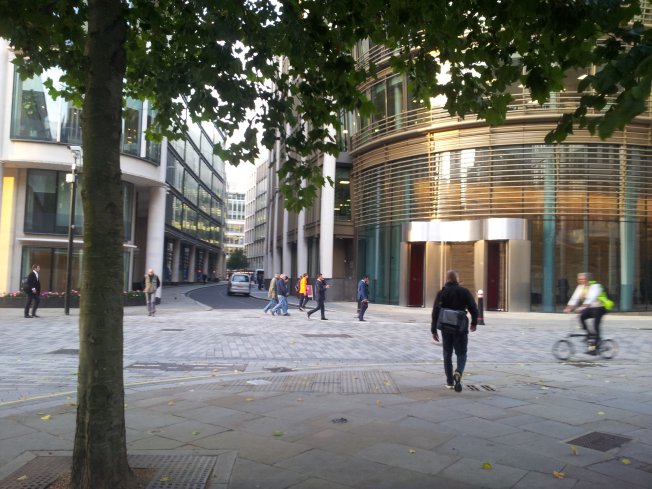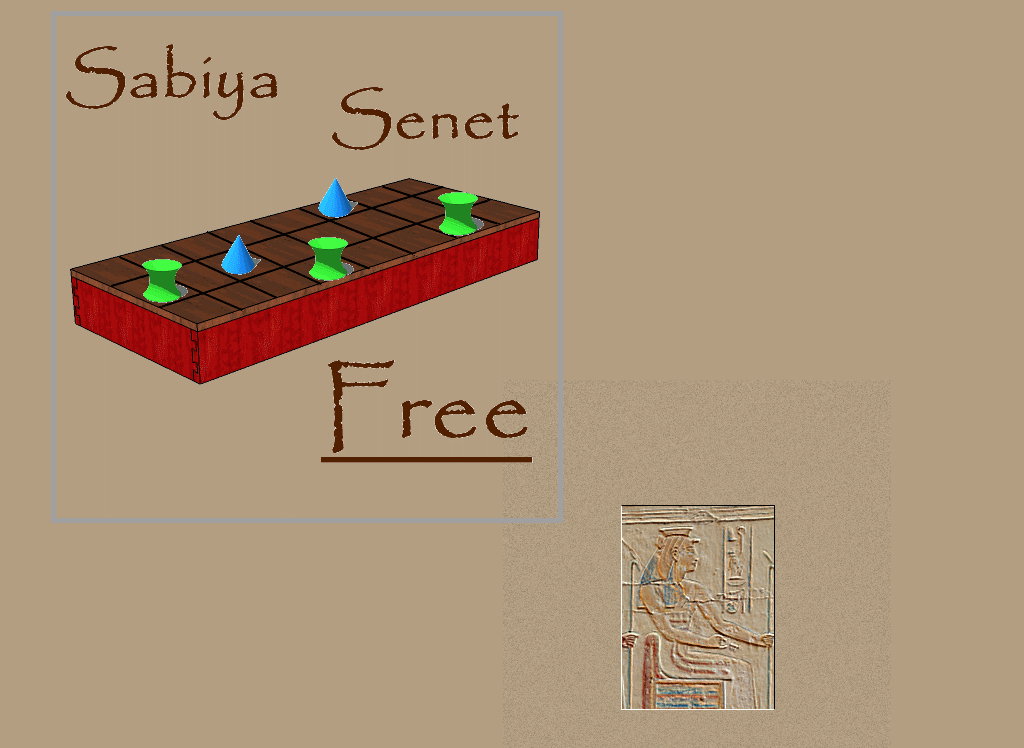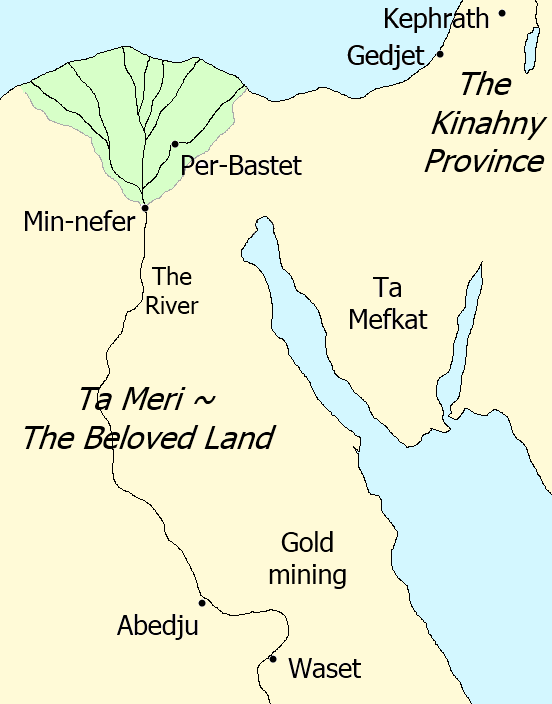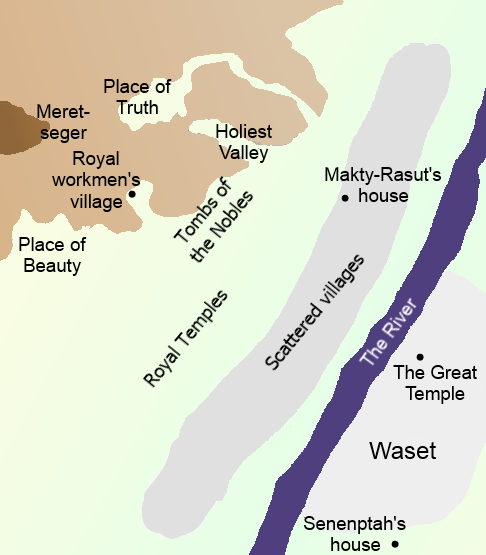Well, proof-reading Scenes from a Life is going nicely, but it could hardly be called gripping work, however necessary it is. So in parallel with that I am going through the author’s notes section at the end of the book and filling in parts of that. One of the sections is on the way that ancient Egyptians interpreted dreams – which I find particularly interesting – so I thought I would copy chunks of it into a blog article.
Basically, the matter arises because the main character Makty-Rasut is rather shaken out of his comfortable life by a series of dreams, which are interpreted in part for him by a priest called Senenptah. Here is the current version of this part of the notes… The white sandals turn up in several of Makty’s dreams.
Egyptian dream interpretation sounds entirely random if you see the texts just in translation, but in the original language it makes far more sense. It was largely based on ideas of word-play – if you dreamed of one thing then the interpreter would think about other objects or situations that sounded similar or had similar verbal roots. There was also, as with dream theory in other cultures, a strong emphasis on identifying whether the situation would turn out as favourable or unfavourable for the dreamer. I have largely ignored this second strand of interpretation in Scenes from a Life, but in reality Senenptah would routinely be trying to ascertain from Makty’s dream accounts when an action should be taken or avoided to achieve a good outcome.
Now, interestingly, similar ideas are used in some modern schools of dream interpretation, especially those having a Jungian influence. In these, the unconscious processes active in dream sleep may well use word plays or visual puns to transfer meaning and significance to the conscious mind. So, hypothetically, dreaming of falling over – taking a trip – might suggest a journey, or even a drug experience.
Back with Makty-Rasut, the connection Senenptah makes between white sandals and a journey with auspicious conclusion is based on an actual dream text we have, specifically papyrus Chester Beatty III. This dates from less than a century before Makty’s time, and was found at the royal workmen’s village at Deir el Medina, on the west bank of the Nile opposite Luxor and so very close to Makty and Senenptah’s homes. It is currently in the British Museum. It contains a large number of single line interpretations, each of the form “If a man sees himself in a dream in [some situation] then: [interpretation]“. Each interpretation has a brief summary as either GOOD or BAD, followed by a brief explanation. The words GOOD or BAD are picked out in red ink rather than the normal black.
The relevant line of this text is “If a man sees himself in a dream shod with white sandals, BAD; it means roaming the earth“. Normally in Egyptian culture, roaming the earth would be perceived as BAD as it would mean being uprooted from the social network in which the person was embedded – family, friends, work, ancestral burials and so on. A journey would especially be seen as BAD if it involved travelling out of the Beloved Land (Ta Meri in Egyptian) as it carried the risk of having to be buried outside the land’s borders. In Makty’s case, the journey turns out to have a GOOD ending, but this is because of the particular circumstances of his life rather than normal ancient Egyptian thinking.
One of the several themes of the Egyptian poem The Tale of Sinuhe concerns the anxieties felt by Sinuhe himself and others who hear of his situation, at the thought of burial in a remote and rather uncivilised place. Likewise, one of the great motifs of his reconciliation and return to Egypt was the promise that a proper burial would be possible when the time came. The Tale of Sinuhe was composed several centuries before the setting of this story, but remained popular for many years, and copies have been found near Luxor, in particular at the workmen’s village.
The other word associations Senenptah makes for Makty are invented, but credible given the nature of the scheme of interpretation. Perhaps in time archaeologists will uncover an Egyptian text which confirms them! For example, when Senenptah asks Makty if he has seen a royal sceptre, or a large dish, the words used sound like (and are spelled very similarly to) words for Asiatic and north respectively. These sorts of clues would suggest to the priest that Makty was being directed by his dreams to travel north into the Asiatic province, here called the Kinahny lands. Many of the other details that are picked out in the dreams have a similar basis; others are just regular dream imagery that readers can enjoy deciphering for themselves.
All good fun… and a nice intermission from proof-reading!



 But I have also been finding some of the down-sides with the new development tool (it’s the Corona SDK for the true IT geeks). This is based on a graphics engine called OpenGL – which is magnificent for things like displaying images and moving them round the screen, but really quite poor at laying out simple text in – say – some help pages. Ironically I think I have spent longer getting the in-app help to work properly than the mechanics of the game itself.
But I have also been finding some of the down-sides with the new development tool (it’s the Corona SDK for the true IT geeks). This is based on a graphics engine called OpenGL – which is magnificent for things like displaying images and moving them round the screen, but really quite poor at laying out simple text in – say – some help pages. Ironically I think I have spent longer getting the in-app help to work properly than the mechanics of the game itself.
